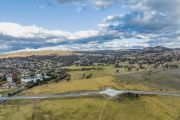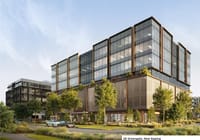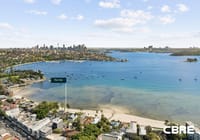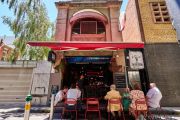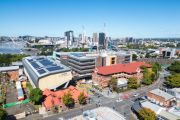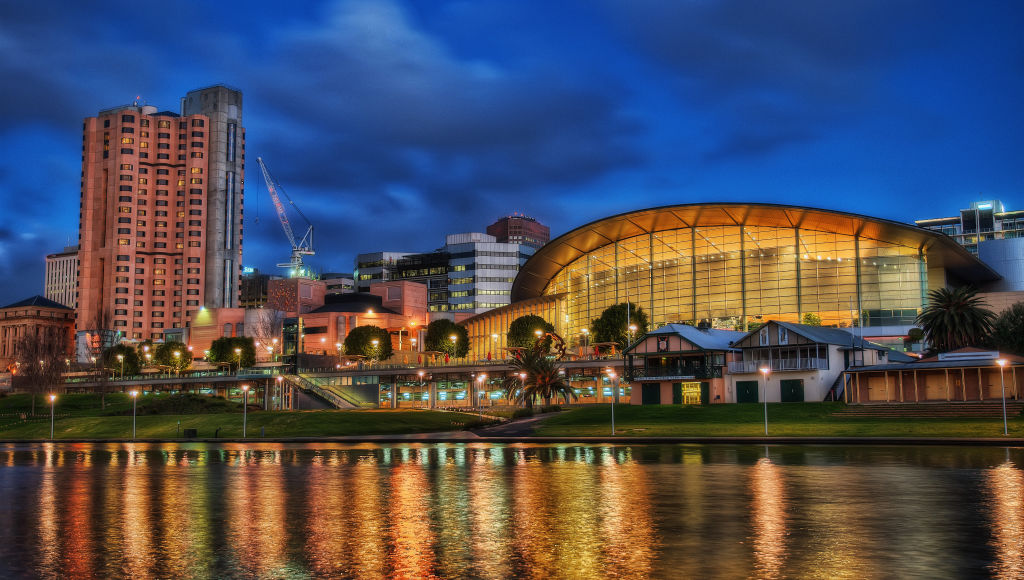
'Smart city' push helps drive resurgence in Adelaide's commercial property markets
Adelaide’s push to become a “smart city” is paying dividends, luring new investment and driving growth across most sectors of the commercial property market.
Two years since the exit of Holden, an “Adelaide City Deal” agreement between the city council, state and federal governments is helping to transform the state’s economy through defence, space and technology contracts.
Central to the 10-year agreement is a $90 billion naval shipbuilding program, tipped to create 8000 jobs, and the Ten Gigabit Adelaide project, an upgraded fibre optic network that delivers high-speed internet speeds set to reach more than 1000 buildings in the CBD and North Adelaide in the next two years.
Global special effects giant Technicolour is the latest to choose Adelaide as its Australian headquarters, while Lot Fourteen, the redeveloped Royal Adelaide Hospital site off North Terrace, is set to house the Australian Space Agency and the Massachussets Institute of Technology’s Living Lab.
Savills office leasing director Adam Hartley said the Ten Gigabit project was a “game-changer” for the city.
“We have a lot of new businesses coming to Adelaide to take advantage of growth in defence, education and biomedical industries,” Mr Hartley said. “These companies are finding Adelaide very attractive because of its affordable cost of living, our way of life, transport, and internet speeds that rival the best in the world.”
Offshore and interstate investors helped Adelaide’s CBD achieve a record for investment transactions in 2018 of about $900 million.
Knight Frank sales and leasing executive Rory Dyus said while the forecast 36,000 square metres of gross office supply for 2019 was more than three times the 10-year average, most of this space was already pre-committed.
“With solid absorption and limited supply additions, it’s likely that the vacancy rate will continue to trend down in the short term,” Mr Dyus said. “Coupled with sustained demand and the prospect of more new entrants to Adelaide, we expect the market to maintain its positive momentum.”
JLL managing director Jamie Guerra said defence and shipbuilding activity in the Outer Harbor and North West was having a ripple effect as engineering and technology firms sought to establish a corporate foothold in the CBD.
“We’re seeing major players in defence, including BAE Systems and Badcock and Brown, looking to the city for closer access to government and the best staff,” he said.
“Occupier demand for office space is the strongest in a decade and that is driving rents upwards.”
LJ Hooker forecasts net absorption of more than 25,000 square metres of office space a year until 2023, up from 16,500 square metres in 2018, and vacancy rates in the CBD to drop below 9 per cent in late 2022.
In industrial markets, Adelaide experienced five consecutive quarters of more than 50,000 square metres of gross take-up to the end of 2018, the strongest period of occupier demand for more than a decade.
“The city’s north west has experienced the highest gross take-up and supply over the past five years, thanks to its proximity to Port Adelaide and the shipbuilding precinct and connectivity to the new Northern Expressway,” Mr Guerra said. “There’s also demand in the inner south’s Tonsley Innovation District, near Flinders University.”
Agriculture exports continue to drive growth with a number of wineries expanding bottling facilities, including Accolade Wines, set to build a new $40 million bottling plant in Berri in the state’s Riverland.
Other major drivers include international student numbers – up by 62 per cent over a decade to nearly 40,000 in 2018 – and a growth in international tourist visitors to a record 452,000 in the last quarter of 2018, both of which have pushed development in these sectors to historic highs.
However, the growth in retail trade has slowed to 1.87 per cent in the first half of 2019. LJ Hooker forecasts turnover in South Australia to sit at about 2 per cent until 2021, which is trending below the national average of more than 3 per cent.


